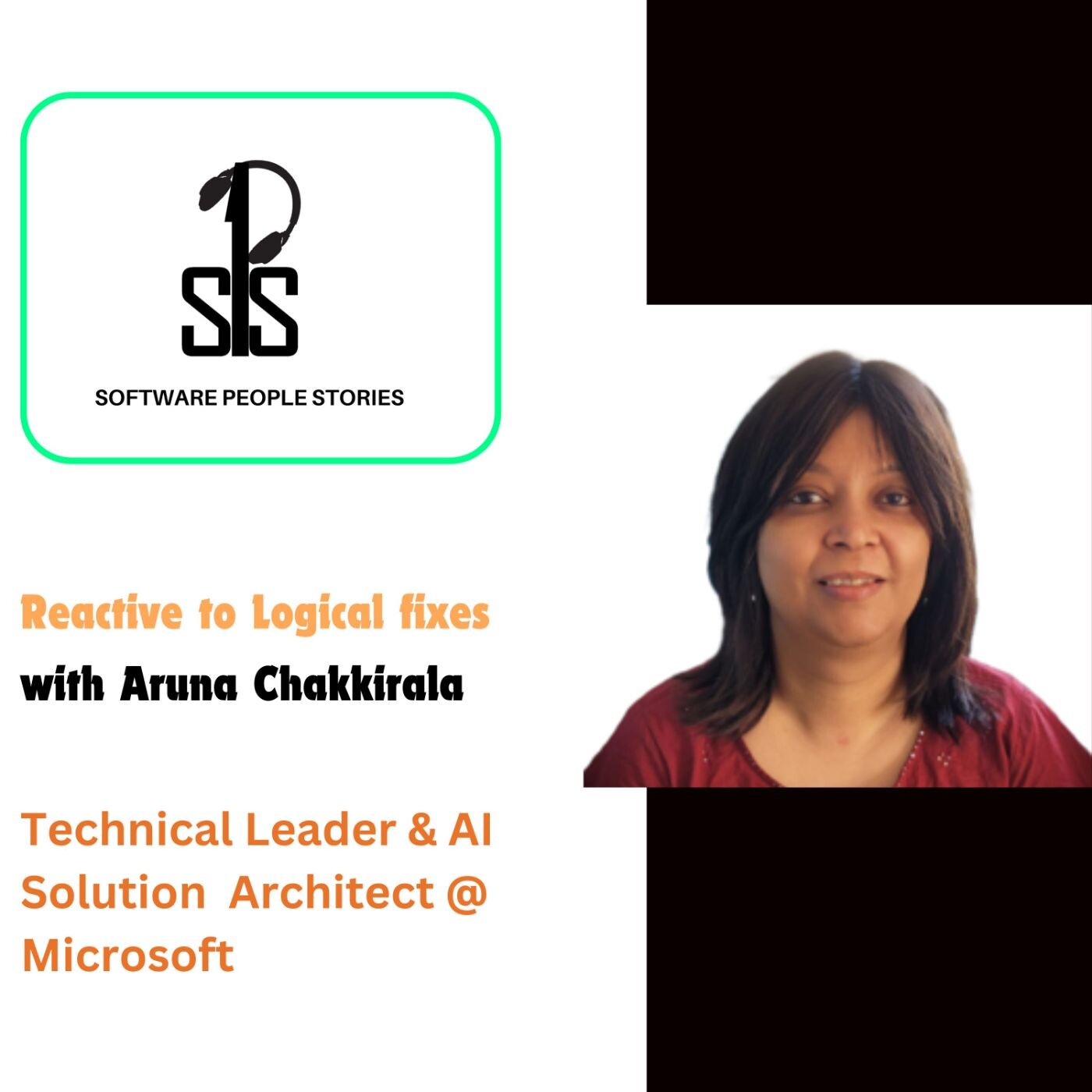- Her early inspiration while growing up in Goa with limited exposure to career options. Her Father’s intellectual influence despite personal hardships and shift in focus to technology.
- Personal tragedy sparked a resolve to become financially independent and learn deeply.
- Inspirational quote that shaped her mindset: “Even if your dreams haven’t come true, be grateful that so haven’t your nightmares.”
- Her first role at a startup with Hands-on work with networking protocols (LDAP, VPN, DNS). Learning using only RFCs and O’Reilly books—no StackOverflow! Importance of building deep expertise for long-term success.
- Experiences with Troubleshooting and System Thinking; Transitioned from reactive fixes to logical, structured problem-solving. Her depth of understanding helped in debugging and system optimization.
- Career move to Yahoo where she led Service Engineering for mobile and ads across global data centers got early exposure to big data and machine learning through ad recommendation systems and built “performance and scale muscle” through working at massive scale.
- Challenges of Scale and Performance Then vs. Now: Problems remain the same, but data volumes and complexity have exploded. How modern tools (like AI/ML) can help identify relevance and anomalies in large data sets.
- Design with Scale in Mind – Importance of flipping the design approach: think scale-first, not POC-first. Encourage starting with a big-picture view, even when building a small prototype. Highlights multiple scaling dimensions—data, compute, network, security.
- Getting Into ML and Data Science with early spark from MOOCs, TensorFlow experiments, and statistics; Transition into data science role at Infoblox, a cybersecurity firm with focus areas on DNS security, anomaly detection, threat intelligence.
- Building real-world ML model applications like supervised models for threat detection and storage forecasting; developing graph models to analyze DNS traffic patterns for anomalies and key challenges of managing and processing massive volumes of security data.
- Data stack and what it takes to build data lakes that support ML with emphasis on understanding the end-to-end AI pipeline
- Shifts from “under the hood” ML to front-and-center GenAI & Barriers: Data readiness, ROI, explainability, regulatory compliance.
- Explainability in AI and importance of interpreting model decisions, especially in regulated industries.
- How Explainability Works -Trade-offs between interpretable models (e.g., decision trees) and complex ones (e.g., deep learning); Techniques for local and global model understanding.
- Aruna’s Book on Interpretability and Explainability in AI Using Python (by Aruna C).
- The world of GenAI & Transformers – Explainability in LLMs and GenAI: From attention weights to neuron activation.Challenges of scale: billions of parameters make models harder to interpret. Exciting research areas: Concept tracing, gradient analysis, neuron behavior.
- GenAI Agents in Action – Transition from task-specific GenAI to multi-step agents. Agents as orchestrators of business workflows using tools + reasoning.
- Real-world impact of agents and AI for everyday life
Aruna Chakkirala is a seasoned leader with expertise in AI, Data and Cloud. She is an AI Solutions Architect at Microsoft where she was instrumental in the early adoption of Generative AI. In prior roles as a Data Scientist she has built models in cybersecurity and holds a patent in community detection for DNS querying. Through her two-decade career, she has developed expertise in scale, security, and strategy at various organizations such as Infoblox, Yahoo, Nokia, EFI, and Verisign. Aruna has led highly successful teams and thrives on working with cutting-edge technologies. She is a frequent technical and keynote speaker, panelist, author and an active blogger. She contributes to community open groups and serves as a guest faculty member at premier academic institutes. Her book titled “Interpretability and Explainability in AI using Python” covers the taxonomy and techniques for model explanations in AI including the latest research in LLMs. She believes that the success of real-world AI applications increasingly depends on well- defined architectures across all encompassing domains. Her current interests include Generative AI, applications of LLMs and SLMs, Causality, Mechanistic Interpretability, and Explainability tools.
Her recently published book link
Interpretability and Explainability in AI Using Python: Decrypt AI Decision-Making Using Interpretability and Explainability with Python to Build Reliable Machine Learning Systems
https://amzn.in/d/00dSOwA
Outside of work, she is an avid reader and enjoys creative writing. A passionate advocate for diversity and inclusion, she is actively involved in GHCI, LeanIn communities.


